WAPOTEC SYSTEM

WAPOTEC®SYSTEM … THE Water Treatment Solution for Pools and Spas
For the technician/operator/COO
- Better and more stable water quality
- High retention rate of pollutants through flocculation filtration
- Enhanced oxidation of organic contaminants
- Significant reduction of chlorine by-product including chloramines and chloroform (without excessive dilution)
- Longer filter run and shorter backwashes, therefore less water wasted
- Easy to handle and to dose
- Less handling of hazardous chemicals
- Less maintenance/handling/service work
- Occupational health benefits
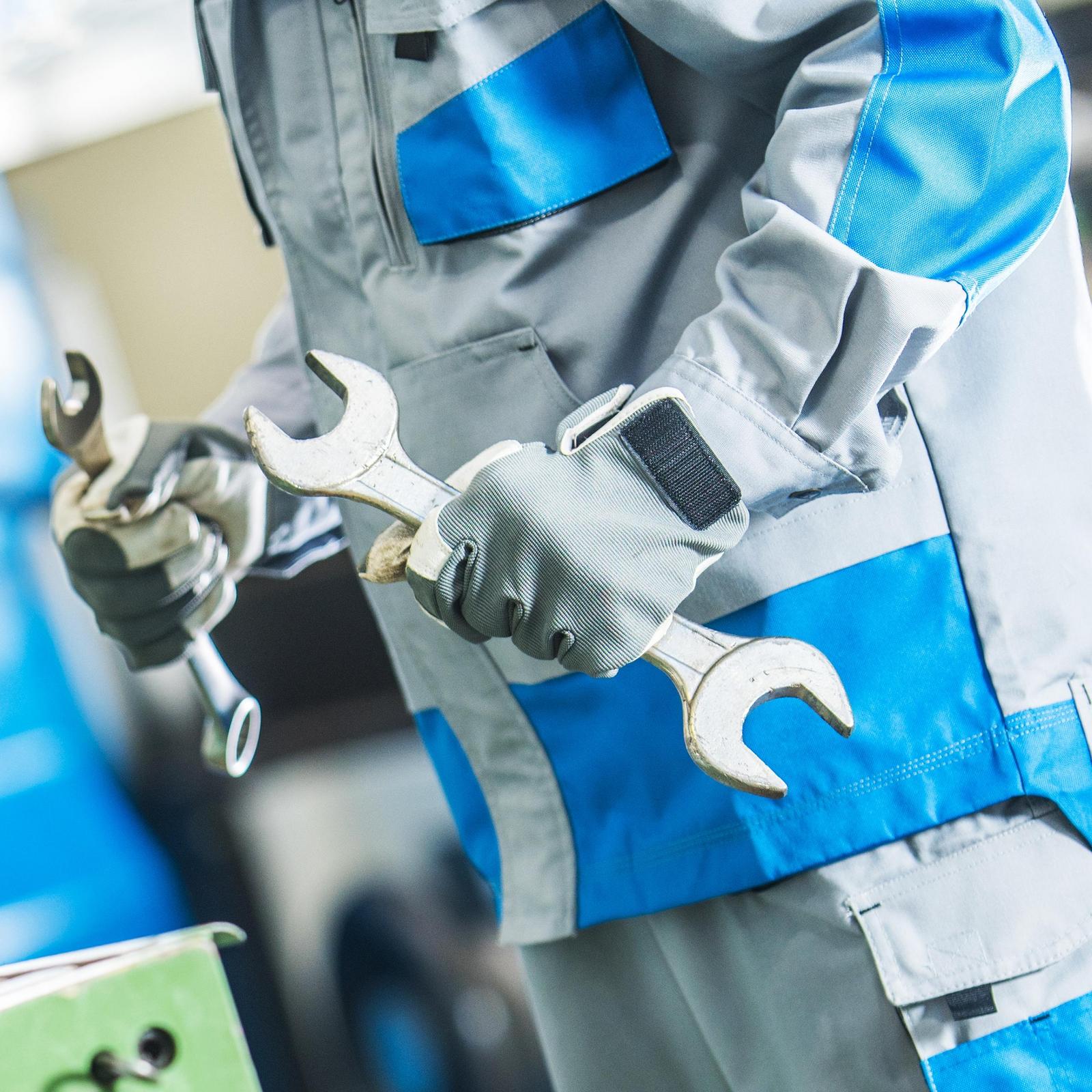
For the owner/investor/CFO
- Reduction of operating cost (water, chemicals, energy, waste)
- Reduction of fresh water, heating thereof and waste water cost
- Less energy cost through reduce fresh air intake and more air recycling
- Reduced overall labor, maintenance and operation cost
- Lower building life cycle cost through reduced corrosion issues
- Low implementation cost and faster Return of Investment
- Reduced Carbon footprint (CO2)

For bathers/patrons
- Improved bather comfort
- Crystal clear water
- Better air quality
- Better hygiene/water safety
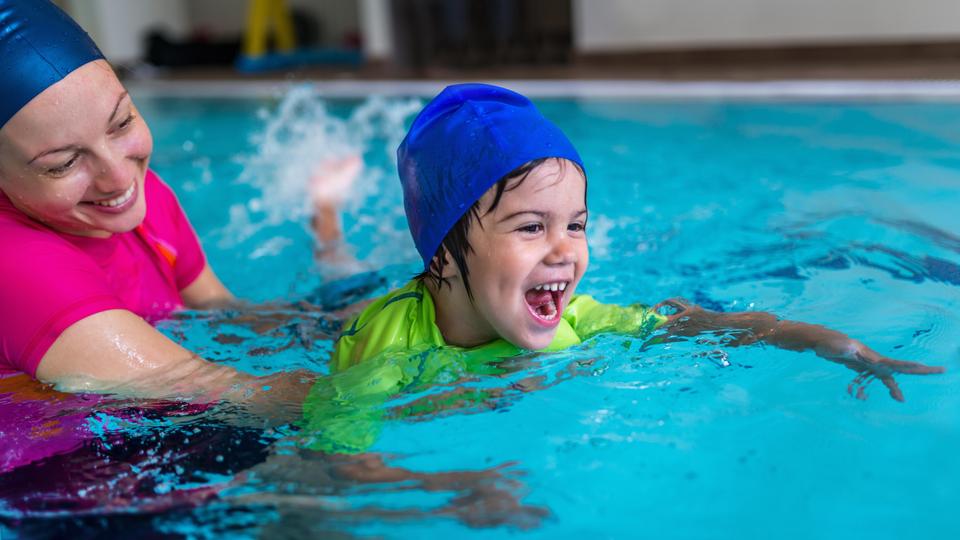
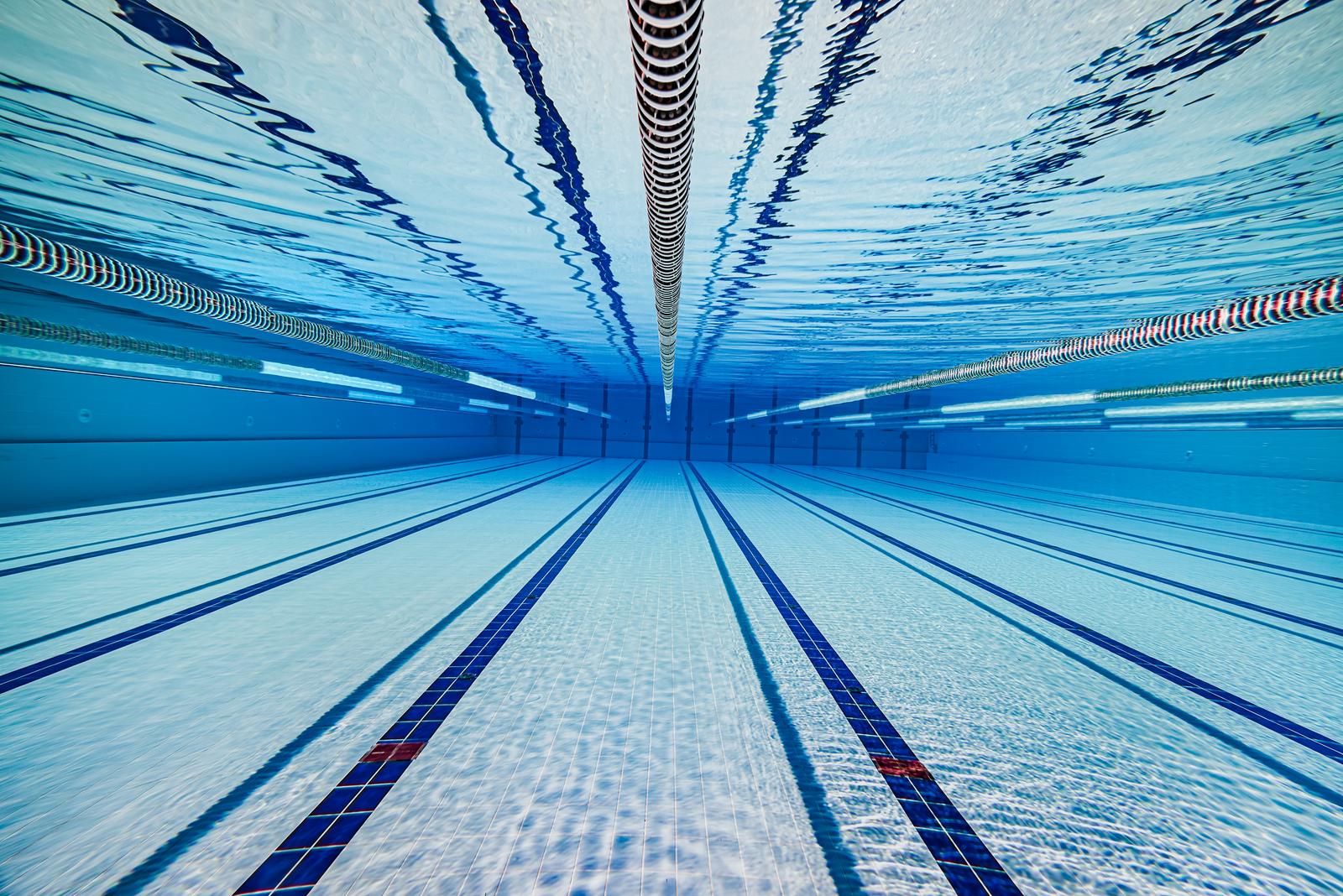
The WAPOTEC®SYSTEM (HydroSan®/HydroXan®) is probably the most well-known process innovation offered by the WAPOTEC®Group. It was honored with the “Prix special” award at the EUREKA inventors’ fair in Brussels (among other awards).
The main treatment steps implemented as part of the WAPOTEC®SYSTEM include
- Enhanced flocculation/coagulation,
- State of the art (multilayer sand) filtration,
- Advanced oxidation,
- (pH/alkalinity adjustment) and
- disinfection (chlorination).
The technology is used in swimming pool and spa water treatment processes and is based on the minimum treatment process (sand filtration – chlorination), which is the foundation of traditional water treatment. The WAPOTEC®SYSTEM can upgrade existing treatment plants fitted with most types of filters and currently applied pool water treatment processes.
In order to ensure equal distribution of the water throughout the pool basin, inlets and outlets (overflow channels/gutters) have to designed and adjusted correctly. A special WAPOTEC®Dye, applied to our procedure, allows to verify proper settings and can provide the operator with a peace of mind, even when a facility has been in operation for some time.
Disinfection (chlorination)
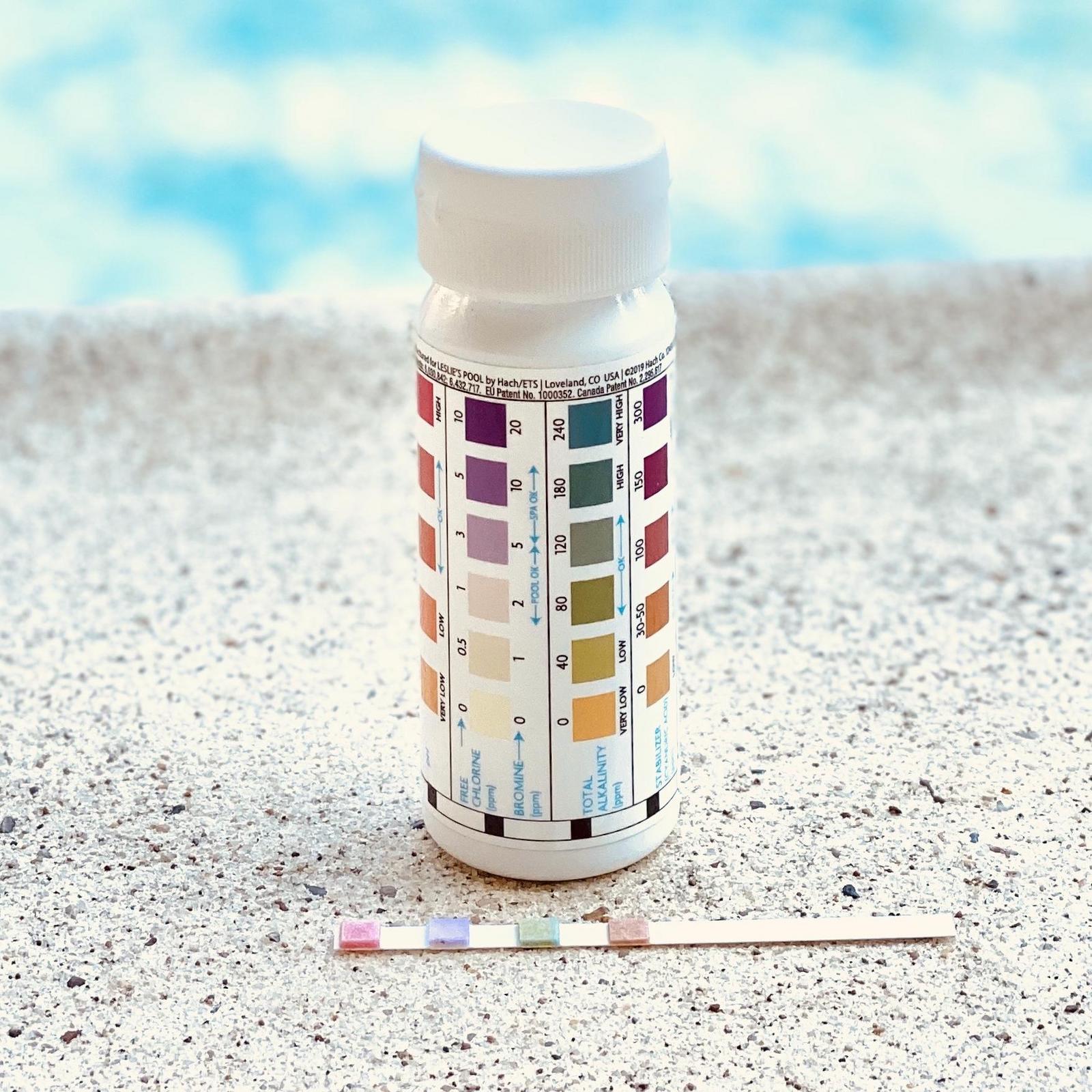
Around the world, disinfection (through chlorination) is required by most standards (including the German DIN standard) and legislations in order to control the proliferation of microorganisms. Microorganisms (bacteria, virus, protozoa, oocysts, etc) are responsible for recreational water illnesses (RWI) including the „swimmers’ ear“, reported by CDC. Disinfection issues have been highlighted by the COVID19-pandemic, although well operated, chlorinated pool water is not particularly stressed by the corona virus, but many patrons are sensitized never-the-less. Additional cleaning processes are available through WAPOTEC®s plant hygiene services (see e.g. DesoPur®, LegioCid®).
A greater concern is the fact that chlorine is depleted when reacting with contaminants, e.g. bather waste and sweat, to form a variety of undesirable chlorine by-products (DBPs), including THMs and chloramines. Such DBPs are responsible for the noxious smell, red eyes, brittle hair and irritation of skin and mucous membranes. Whilst dilution reduces the concentration of impurities and DPDs, it does not effectively prevent or remove hazards. For ecological and economic reasons, dilution should be kept to a minimum.
Volatile (DBP) compounds are detectible in pool water and hall air as they gas off the water surface into the surrounding air. They are inhaled by swimmers, guests and personnel (life guards/deck staff/plant operators), absorbed through skin and ingested and will remain in the body for hours, potentially causing chronic (occupational) health issues. A triggering effect of regular swimming pool attendance on the development of asthma in toddlers and babies has also been proven in several studies in Europe, i.e. by the German Environmental Agency (UBA). Trainers and other staff around the deck and in plant rooms may also be exposed to air, possibly enriched with chloroform, for long working hours when maximal daily intake concentrations for work places could be exceeded.
HVAC (heating, ventilation and air conditioning) studies have demonstrated that THMs (such as chloroform) cannot be easily "blown off" the water surface because these DBPs are heavier than air and therefore remain above the water surface just in the area of mouth, nose and eyes.
Further, according to the INRS research, trichloramine (or Nitrogen trichloride) occupational exposure should be limited to 0.3 mg/m³. AQUS®Monitor and air sampling services of such DPDs can be arranged through WAPOTEC®.
In combination with the full WAPOTEC®SYSTEM, free (active) chlorine residuals as low as 0,3 ppm may be sufficient (but not imperative) to ensure high ORP and provide safe and healthy pool water, while combined chlorine is even lower than 0,2 ppm and turbidity is less than 0,03 NTU (post filtration).
To reduce exposure and handling hazards, WAPOTEC offers a wide range of WAPO®Chlor insitu electrolysis unit to cater for all sizes of pools and spas. The units are safe, economic, reliable and compact and therefore ideal for the recreational industry. Adequate chlorine as well as pH and alkalinity residuals are essential for proper disinfection. Best-practice solutions for adjustment and control are available through the WAPOTEC distribution network.
Filtration
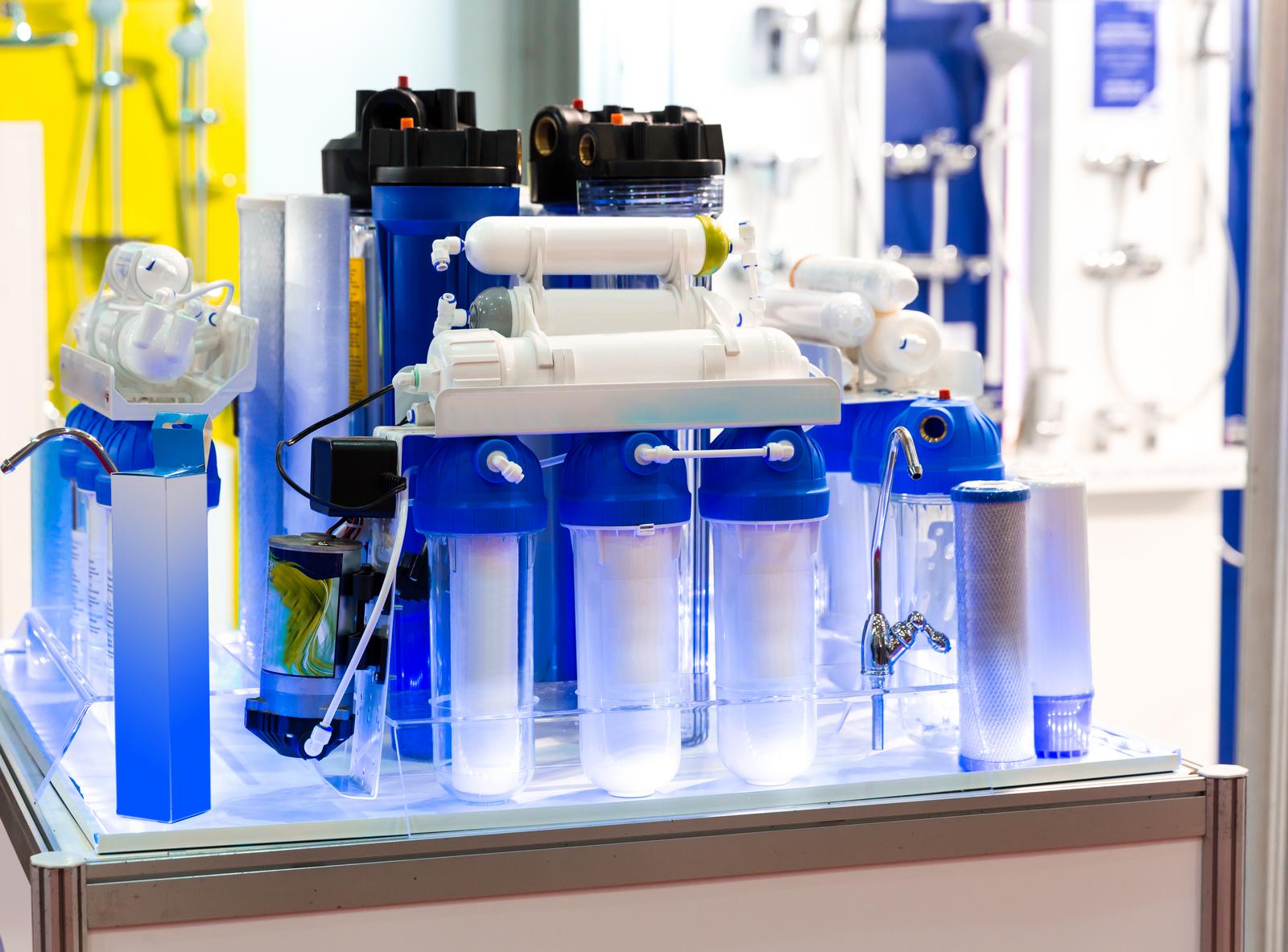
Filtration and pool hydraulics are strategically important investment decisions when designing a pool or spa water treatment systems. The sand filter (as single/multiple layer filter) serves as an effective barrier and is optimized through correct product dosage combination. Filter efficacy is dramatically improved by applying flocculants/coagulants adequately. WAPOTEC offers a range of high-quality WAPO®TEC Filters with unique design features and different types of multiSorp® filter media to customize and optimize function and efficacy.
Regulations like the Austrian pool water hygiene regulation (BHygV) only allow the use of deep-bed (graded) sand/gravel or sand/gravel/carbon-based filter media, specify key design criteria and require adequate 24/7 flocculant/coagulant use. All of these specs are implemented to ensure effective submicron contaminant (reductant) removal and therefore allow proper disinfection and high ORP at minimum free chlorine residuals and great bather comfort.
Some standards accept other filtration types and/or do not stipulate adequate filter design and operation criteria. As a result, the decision for the filtration equipment is often based on cost which usually incurs long-term water and air quality challenges and results in excessive labor, unstable water quality and high life-cycle cost for the facility. Most filter systems are only capable of removing particles which are bigger than 5-50 micros and cannot remove contaminants that cause common bather discomfort, like poor air and water quality.
Flocculation Filtration

Filtration can only provide the physical barrier to remove coarser particles but requires the effective use of flocculation/coagulation to provide its full benefits.
Flocculation/Coagulation is proven to be one of the most important treatment steps to take submicron contaminants out of the pool water. Microorganisms, which proliferate in the recirculation system, must be inactivated by means of disinfection (chlorine) but can also be removed by flocculation/coagulation and filtration.
The optimization of flocculation filtration further ensures a reduction/retention of organic matter by the filter, which otherwise forms haloforms (THMs) and other chlorine by-products with often detrimental effects on bather comfort, occupational health/safety and corrosion of the building envelop.
HydroSan® and WAPO®Floc60
HydroSan® (a proprietary flocculant) is dosed in combination with WAPO®Floc60 (a customized coagulant) to agglomerate pollutants (particularly submicron contaminants) by forming big active flocs fast, which are subsequently filtered out more effectively. Both cationic and anionic contaminants are agglomerated, which we call the “dual effect”. When these particles are flocked quickly and retained effectively, less chlorine is consumed to oxidize reductants. As a consequence, the formation of undesirable disinfection by-products (DBPs) is dramatically minimized, water quality and bather comfort is thereby improved.
As the flock formation is fast, flocs do not penetrate and clog the media bed but rather remain and collect on top of the filter bed. This reduces the increase of the (sand) filter pressure and extends its filter runs. The duration for a proper backwash can also be cut significantly which results in substantial cost savings for water, waste water, chemical and heating cost and also stabilizes water quality parameters as replacement water does not have to be chemically rebalanced.
HydroXan®
As explained above, many day-to-day challenges are more easily controlled, when flocculation/coagulation and filtration are optimized and well operated.
This is complemented by a strong advanced oxidizer (HydroXan®) which is dosed post-filtration. This addition helps to significantly block and reduce the formation of DBPs which is noticeable by a reduction of chloramine formation, particularly in leisurized indoor facilities. Patrons and staff notice the reduction of unpleasant chlorine smell on the skin and in the pool air within days of installation and dosing.
The integration into existing water treatment plants is usually easy and inexpensive as it only requires a precise low output dosing unit (e.g. WAPO®TEC dosing depot).
Overall, the WAPOTEC®SYSTEM helps to increase efficacies of many processes by
- significantly remove reductants and improve water clarity,
- optimizing treatment process steps and
- creating synergies between them.
The WAPOTEC®Team and our local distribution partners are happy to assist you in developing a customized solution for your facility. Please contact us.